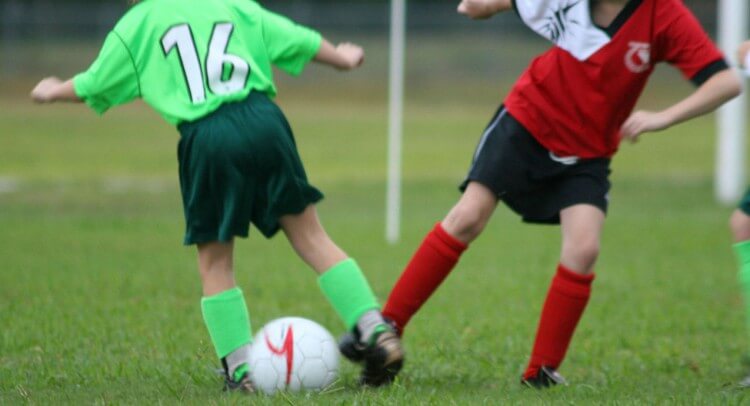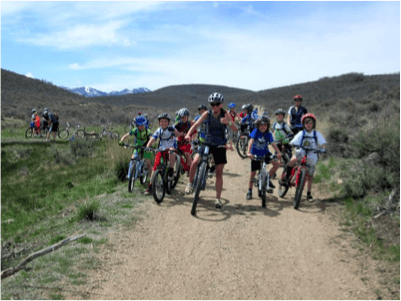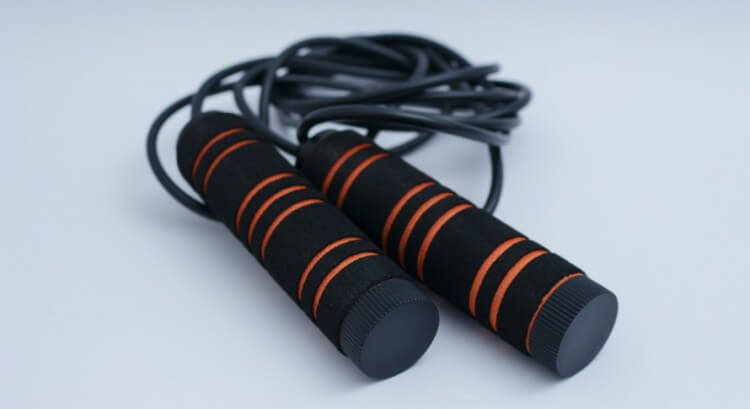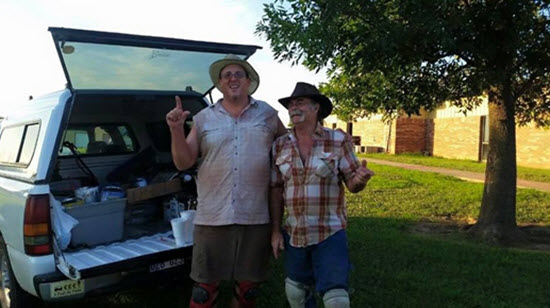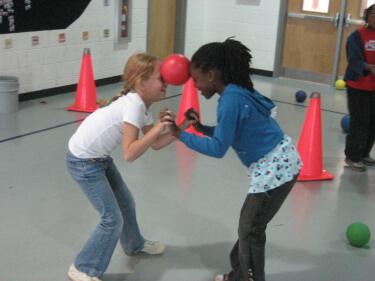Winter is in front of us and if we have not bowed to it yet, we will soon. That means coming inside and finding ourselves surrounded by four walls and a ceiling. What a change: less room, more noise, and lots of compromises.
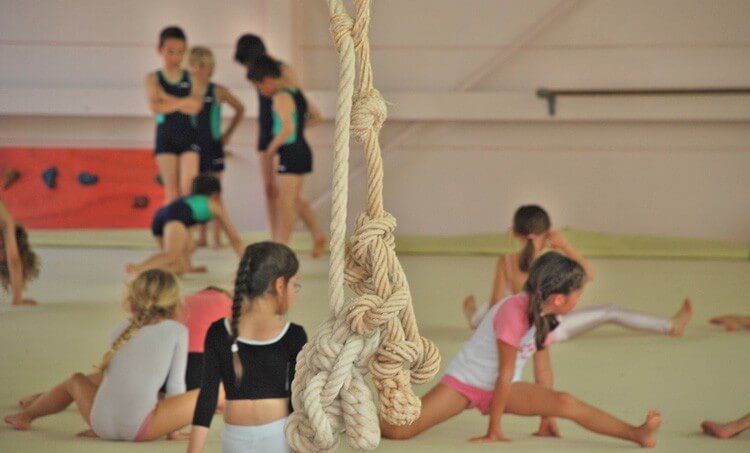
But it isn’t all bad. Getting back in the gym can be a relief in some ways. You can feel as if you have more control over your environment. You don’t have to worry about weather and rainy day plans synching with what you were teaching outdoors. More importantly, you don’t have to worry about the possibility of unpleasant situations from bystanders or trespassers.
Frankly, I used to look forward to knowing that I could be heard more easily indoors and could use the gym’s portable blackboard to diagram the strategies and positioning I was teaching. Sadly, my relief was usually short lived. Limited space and intensified noise levels eventually took their toll. Though I loved when the noise of excited kids rose, being in constant noise seemed to increase my stress level. Then, too, when the limited space made it difficult to keep the kids moving and doing what they enjoyed the whole time we were together, I was not happy. It wasn’t long before addressing that issue became a high priority for me and maybe you, too.
